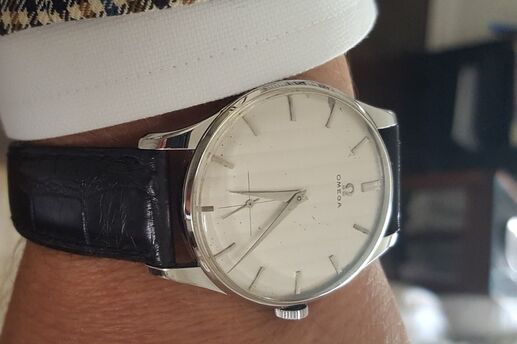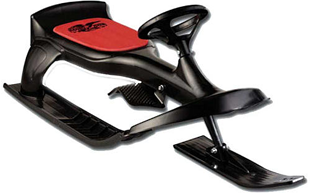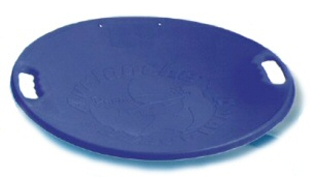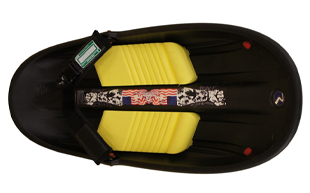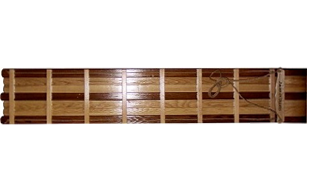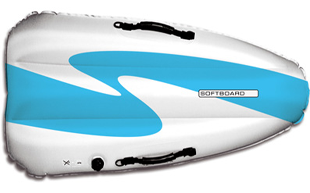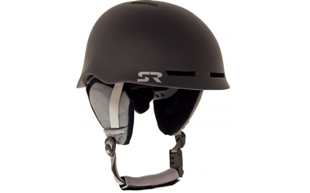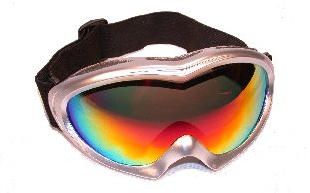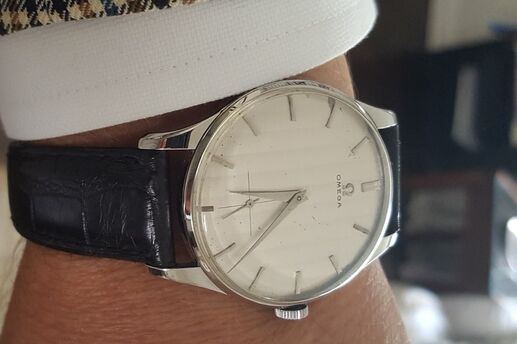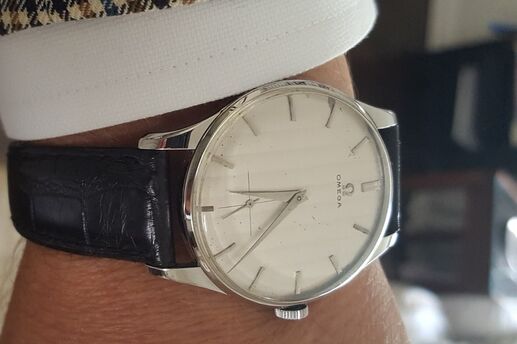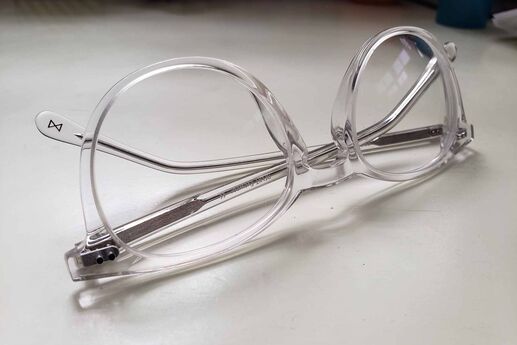The Ultimate Game-day Gear for Tailgating
It’s football season, and you know what that means. You should be in game shape … for the All-tailgating Team! While steroid nation is knocking the snot out of itself inside the stadium, real men are bulking up their party muscles in the parking lot. But like the pros on the field, the bros behind the wheels need the right equipment to score the biggest compliments on their hungry man’s football feast. So here’s your season ticket to the all-star gear that will be a big hit with your boys.
The RoadTrip Party Grill
You’ll keep your food -- and your crew -- fired up in the most adverse game conditions with this compact)
Instant Canopy
Unless you’re a UCLA or Honolulu U fan, it’s best to be ready for the bad weather. So put a lid on cursing the sleet and snow with this portable protection against the elements. Are you a stats guy? This 12-foot by 12-foot canopy sets up in less than three minutes, giving you 9 feet of clearance and 144 square feet of cover. It also travels well, since you can fold it up and pull it around in a wheeled carry bag -- just like the one your mom uses!
Price: $189.99
Collapsible Table
Now that you’ve got something to sear your meat and a shelter to devour it in, you’ll need a surface on which to serve it up. Say hello to the Micro Table! It’ll be a much more polite conversation than the screaming matches you usually have with those bulky oversized folding tables. This 15-inch by 11-inch table surface with expandable 4-inch to 6-inch legs (perfect mouth-level entry point if you’re strafing the food from a lawn chair) is both flame- and heat-resistant, plus it folds up faster than Michele Bachmann in a serious debate.
Price: $32.95
Outdoor Heater
Here’s a heater that’s so damn good they call it “Mister.” Yes, this Mr. Heater–brand portable heater is a cordless propane heat-blower that lets you bring hot air (not the kind that’s emanating from your mouth) to the parking lot. The 35,000-BTU-per-hour unit heats you and the boys up for approximately eight hours -- without a generator or extension cords to trip you up. The battery actually charges while it’s keeping your kishkas toasty!
Price: $159.99
Tailgator Gas-powered Blender
Making blended drinks may not sound macho, but doing it with this gas-powered blender puts a locker room full of hair on your private parts. This baby whips up drinks wherever you can buy gas, and it does it in less than 15 seconds.
Price: $289.99
The Cruzin’ Cooler
Forget about lugging a heavy cooler all over the lot. This one brings you to the party. The invention of the century, this 500-watt electric scooter only weighs 74 pounds and can haul your up-to-250-pound tuchus around at 12 mph while holding 24 cans packed in 8 pounds of ice. It has disc brakes and aluminum construction, and it can be used for hauling meat. (Hauling vegetables is officially confined to beauty salon parking lots.)
Price: $599
All-weather TV
If you’re really serious about tailgating, catch the pregame show on this 32-inch LCD outdoor TV, which is able to withstand temps from minus 24 F to 122 F. (You, of course, will succumb to frostbite or heat stroke, but the show will go on!) The all-weather aluminum enclosure keeps this baby safe from snow, wind and rain. But be warned: It will short out from repeated exposure to Star Jones.
Price: $3,295



